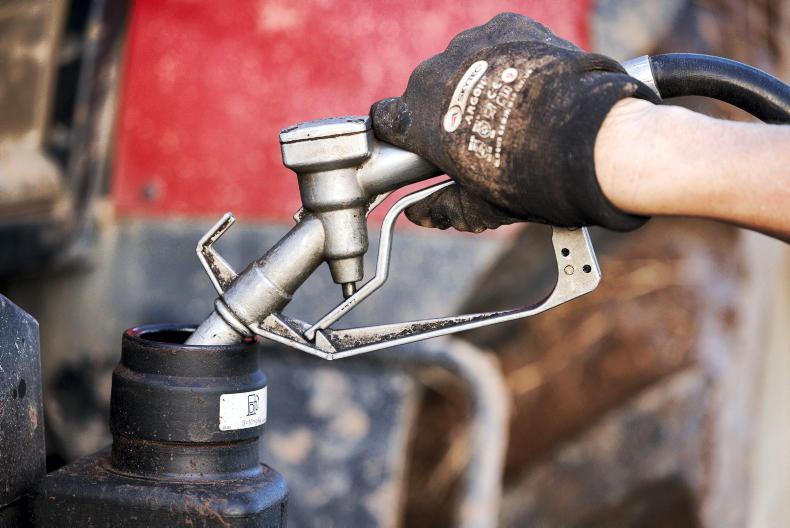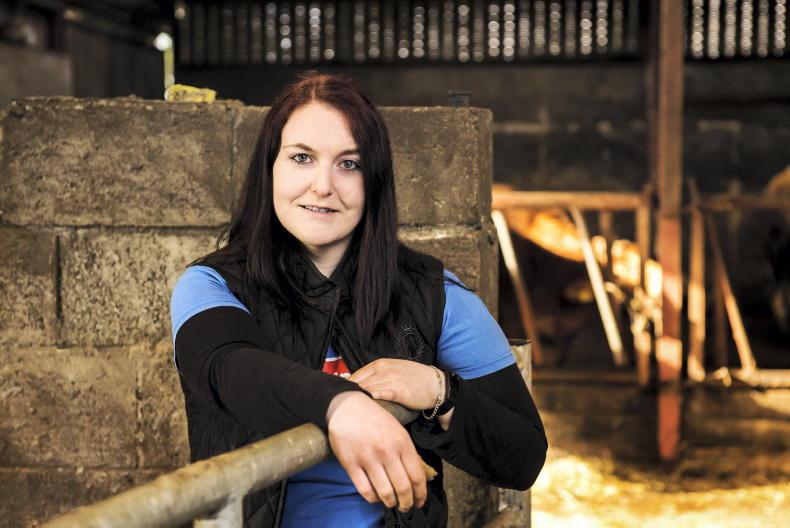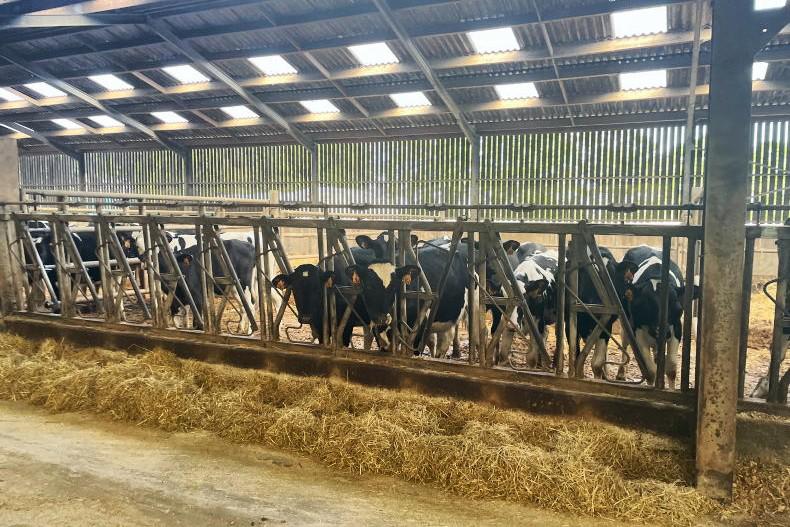
Reseeding at Autumn presents more difficulties than carrying out the same job in the early summer. Sowing grass/clover seed beyond the first week of September is discouraged for several reasons.
These include:
Shorter daylight hours and falling soil temperatures: Both hinder germination while also making it tougher to establish a firm seed bed. The increased risk of pests: The increased risk of unwanted attention from a range of pests (i.e. slugs, fruit flies, rabbits, etc). Less frequent opportunities for pre-winter grazing or the use of post-emergence spray.Importance of developing a fertiliser plan
Developing a fertiliser plan is required to maximise total grass yield. Ensuring your soil contains the main nutrients for optimum grass growth is essential.
With this in mind, soil sampling is recommended every three to five years to ensure your soil is receiving those key nutrients. This will provide the necessary data required to correct any nutritional deficiencies.
Such preparation is also critical when planning to reseed, for the seed to germinate and to ensure good root establishment.
Soil testing recommendations
Phosphorus (P), Potassium (K) and pH (Lime Requirement): Testing these elements prior to reseeding is recommended. A soil sample following ploughing is also recommended before consulting an advisor about your liming/fertiliser programme. Optimal levels: Bringing the pH up to 6.3 for mineral soils and P and K indices up to (and maintained at) soil index three is recommended. When putting a fertiliser plan in place, it’s important to take the offtakes of nutrients from the soil (by the animal or the crops) into account.
A milking cow can retain up to 19kg/ha of P and 36kg/ha of K while a cereal crop can retain (on average) 3.8kg/ha of P and 12.9kg of K when straw is removed.
Target’s Terra Range, developed in partnership with Brandon Biosciences, represents a sustainable fertiliser solution.
The Terra Range includes PSI-362, a bio-stimulant from brown seaweed which stimulates a plant’s nitrate transponders to take up more of the available Nitrogen (N) in the soil than they would otherwise do.
These additional nitrates are then converted into amino acids which produce more chlorophyll, boosting photosynthesis levels. This leads to similar biomass levels produced even with 25% less N (used) as well as seeing higher dry matter levels in the crop afterwards.
The appropriate time to apply early nitrogen (N) depends on your requirement for grass and your intended grazing start date. It’s also recommended to apply N three weeks prior to your intended start date.
Application of early nitrogen (N)
Grass growth initiates once soil temperatures reach five to six degrees centigrade.
When applying fertiliser, the ground must be firm upon application and not subject to wheel damage which will cause ruts and risk compaction.
N shouldn’t be applied prior to or during expected high rainfall events due to the risk of de-nitrification/run-off – or during a period of severe frost cover due to the risk of grass burning at the tyre tracks.
Best practice recommends the application of urea just before four to five millimetres of rain is forecast within the next 12 hours to ensure good soil incorporation.
Technical advice and recommendations
Target Fertilisers provides technical advice and recommendations through your local merchant or Co-op for a range of issues including grassland yield/quality and fertiliser planning for both grazing and silage platforms.
For more information, visit www.targetfertilisers.com or call 053 55389

The Terra Range includes PSI-362

Reseeding at Autumn presents more difficulties than carrying out the same job in the early summer. Sowing grass/clover seed beyond the first week of September is discouraged for several reasons.
These include:
Shorter daylight hours and falling soil temperatures: Both hinder germination while also making it tougher to establish a firm seed bed. The increased risk of pests: The increased risk of unwanted attention from a range of pests (i.e. slugs, fruit flies, rabbits, etc). Less frequent opportunities for pre-winter grazing or the use of post-emergence spray.Importance of developing a fertiliser plan
Developing a fertiliser plan is required to maximise total grass yield. Ensuring your soil contains the main nutrients for optimum grass growth is essential.
With this in mind, soil sampling is recommended every three to five years to ensure your soil is receiving those key nutrients. This will provide the necessary data required to correct any nutritional deficiencies.
Such preparation is also critical when planning to reseed, for the seed to germinate and to ensure good root establishment.
Soil testing recommendations
Phosphorus (P), Potassium (K) and pH (Lime Requirement): Testing these elements prior to reseeding is recommended. A soil sample following ploughing is also recommended before consulting an advisor about your liming/fertiliser programme. Optimal levels: Bringing the pH up to 6.3 for mineral soils and P and K indices up to (and maintained at) soil index three is recommended. When putting a fertiliser plan in place, it’s important to take the offtakes of nutrients from the soil (by the animal or the crops) into account.
A milking cow can retain up to 19kg/ha of P and 36kg/ha of K while a cereal crop can retain (on average) 3.8kg/ha of P and 12.9kg of K when straw is removed.
Target’s Terra Range, developed in partnership with Brandon Biosciences, represents a sustainable fertiliser solution.
The Terra Range includes PSI-362, a bio-stimulant from brown seaweed which stimulates a plant’s nitrate transponders to take up more of the available Nitrogen (N) in the soil than they would otherwise do.
These additional nitrates are then converted into amino acids which produce more chlorophyll, boosting photosynthesis levels. This leads to similar biomass levels produced even with 25% less N (used) as well as seeing higher dry matter levels in the crop afterwards.
The appropriate time to apply early nitrogen (N) depends on your requirement for grass and your intended grazing start date. It’s also recommended to apply N three weeks prior to your intended start date.
Application of early nitrogen (N)
Grass growth initiates once soil temperatures reach five to six degrees centigrade.
When applying fertiliser, the ground must be firm upon application and not subject to wheel damage which will cause ruts and risk compaction.
N shouldn’t be applied prior to or during expected high rainfall events due to the risk of de-nitrification/run-off – or during a period of severe frost cover due to the risk of grass burning at the tyre tracks.
Best practice recommends the application of urea just before four to five millimetres of rain is forecast within the next 12 hours to ensure good soil incorporation.
Technical advice and recommendations
Target Fertilisers provides technical advice and recommendations through your local merchant or Co-op for a range of issues including grassland yield/quality and fertiliser planning for both grazing and silage platforms.
For more information, visit www.targetfertilisers.com or call 053 55389

The Terra Range includes PSI-362












SHARING OPTIONS